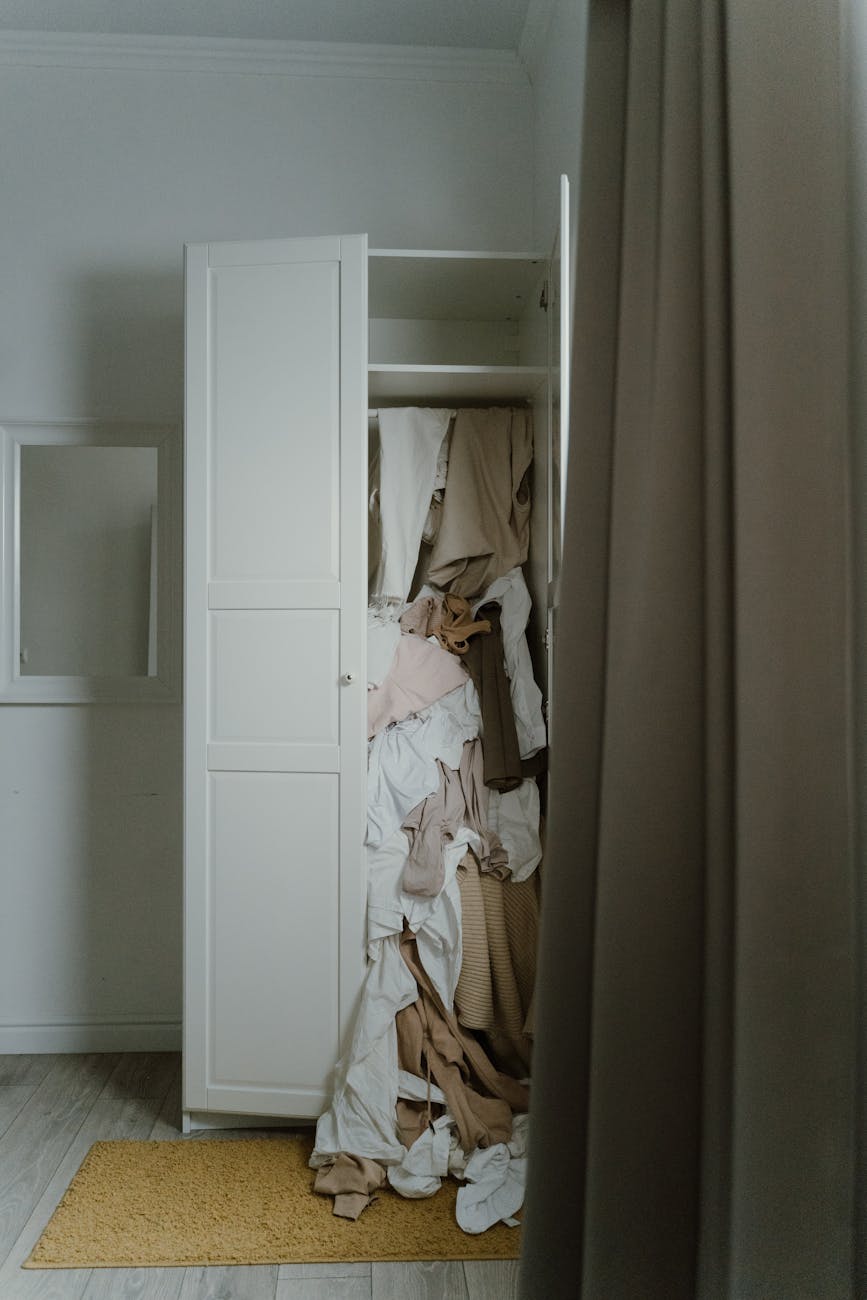5 Tips for Using Clothes Hangers to Maximize Your Closet Space & Preserve Your Garments
A well-organized closet isn’t just aesthetically pleasing; it’s a functional space that protects your clothing and makes getting dressed a breeze. While decluttering and proper folding techniques are crucial, often overlooked is the humble clothes hanger. The right hangers, and their proper use, can dramatically impact your closet’s efficiency and the longevity of your wardrobe. Many people simply grab whatever hanger is available, but this can lead to stretched shoulders, misshapen fabrics, and wasted space. This article will explore five essential tips for using clothes hangers effectively, covering everything from choosing the right type to strategic placement, ultimately transforming your closet from a chaotic mess into a streamlined sanctuary for your style.
Choosing The Right Hanger Type
Not all hangers are created equal. Using the wrong hanger can damage your clothes and take up unnecessary space. Consider the fabric and weight of your garments when selecting a hanger. For example, delicate silk blouses and dresses require padded, velvet hangers. The soft surface prevents slippage and minimizes shoulder stretching, a common problem with thinner fabrics. Heavy coats and suits benefit from sturdy wooden hangers with a wide shoulder base to maintain their shape. Plastic hangers, while inexpensive, are often flimsy and can cause clothes to lose their form. Slimline velvet hangers are a great space-saving option for everyday wear, while skirt and pant hangers with clips or a felted bar are essential for keeping bottoms wrinkle-free. Investing in a variety of hanger types tailored to your wardrobe is a worthwhile investment.
Velvet Hangers: The Space-Saving Secret
Velvet hangers have gained immense popularity, and for good reason. Beyond their ability to prevent clothes from slipping, they offer a significant space-saving advantage. Their slim profile allows you to fit more clothes into your closet compared to traditional plastic or wooden hangers. This is particularly beneficial for smaller closets or those with extensive wardrobes. The felt coating also helps to absorb moisture, which can be useful in humid climates. When choosing velvet hangers, look for those with a sturdy construction and a good quality felt that won’t easily shed. Consider the weight capacity as well, especially if you plan to hang heavier items like sweaters or jackets. The slight increase in cost is easily justified by the space and garment preservation they provide.
Hanging Techniques for Optimal Garment Care
Simply placing a garment on a hanger isn’t enough. Proper hanging techniques can significantly reduce wrinkles and extend the life of your clothes. Always button or zip up garments before hanging to maintain their shape. For shirts and blouses, center the garment on the hanger, ensuring the shoulder seams align with the hanger’s shoulders. Avoid hanging clothes too tightly, as this can stretch the fabric over time. When hanging knitwear, use padded hangers to prevent distortion. For pants, utilize pant hangers specifically designed to keep them wrinkle-free. Consider folding pants over the hanger bar instead of using clips, especially for delicate fabrics, to avoid leaving clip marks. Regularly check your closet for clothes that are hanging improperly and adjust accordingly.
Strategic Closet Organization with Hangers
The way you arrange your clothes on hangers can impact the overall organization and accessibility of your closet. Group similar items together – shirts with shirts, pants with pants, dresses with dresses. Organize within each group by color, creating a visually appealing and functional system. Place frequently worn items at eye level and within easy reach. Less frequently worn items can be stored on higher shelves or in less accessible areas. Consider using double-hang rods if your closet height allows, effectively doubling your hanging space. Rotating your wardrobe seasonally is also a good practice; store out-of-season clothes in bins or garment bags to free up space in your main closet. A well-planned hanger arrangement contributes to a more efficient and enjoyable closet experience.
A Comparison of Hanger Types
To help you visualize the differences and benefits of various hanger types, here’s a quick comparison:
| Hanger Type | Material | Best For | Pros | Cons |
|---|---|---|---|---|
| Wooden | Wood | Suits, Coats, Heavy Garments | Sturdy, Maintains Shape, Classic Look | Can be bulky, More expensive |
| Plastic | Plastic | Everyday Wear, Lightweight Items | Inexpensive, Lightweight | Can be flimsy, Can damage clothes, Not space-saving |
| Velvet | Plastic with Felt Coating | Delicate Fabrics, Shirts, Blouses | Prevents Slipping, Space-Saving, Gentle on Fabrics | Felt can shed, May not be suitable for very heavy items |
| Padded | Various (Wood, Plastic) with Padding | Knitwear, Silk, Delicate Items | Prevents Distortion, Gentle on Fabrics | Can be bulky, More expensive |
| Skirt/Pant Hangers | Plastic, Wood, Metal | Skirts, Pants | Keeps Bottoms Wrinkle-Free | Clips can leave marks (avoid for delicate fabrics) |
In conclusion, the seemingly simple clothes hanger plays a vital role in closet organization and garment care. By choosing the right hanger type for each item, employing proper hanging techniques, and strategically organizing your closet, you can maximize space, prevent damage, and extend the life of your wardrobe. Investing in a variety of hanger types – velvet for delicate items, wooden for heavy coats, and skirt/pant hangers for bottoms – is a smart move. Remember to button or zip garments, center them on the hanger, and avoid overcrowding. A well-managed closet, thanks to thoughtful hanger usage, is a testament to both style and practicality. Don’t underestimate the power of a good hanger – it’s a small investment with a significant return in terms of closet efficiency and clothing longevity.
